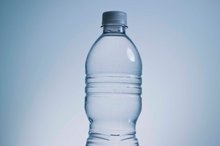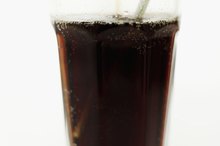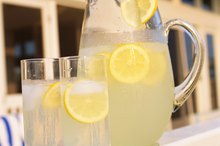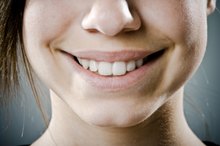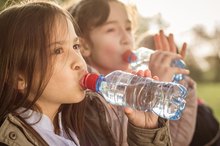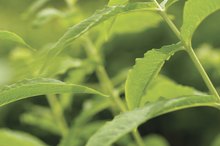What does fact checked mean?
At Healthfully, we strive to deliver objective content that is accurate and up-to-date. Our team periodically reviews articles in order to ensure content quality. The sources cited below consist of evidence from peer-reviewed journals, prominent medical organizations, academic associations, and government data.
The information contained on this site is for informational purposes only, and should not be used as a substitute for the advice of a professional health care provider. Please check with the appropriate physician regarding health questions and concerns. Although we strive to deliver accurate and up-to-date information, no guarantee to that effect is made.
How to Tell If Plastic Is BPA Free
Bisphenol A (BPA) is a chemical used to create polycarbonate products. Since the1960s, manufacturers have used BPA in hard plastic containers and food cans. Studies show that the BPA from these containers leach into the foods and beverages they hold. According to the U.S. Food and Drug Administration, recent studies raised concerns over the effect of BPA on the brain, behavior and prostate glands of fetuses, babies and young children 2.
Check the recycling number on the bottom of the container. This number, usually located in a small triangle, identifies the type of plastic the container is made of.
How to Tell If a Nalgene Bottle Is BPA Free
Learn More
Determine if the triangle contains No. 7. BPA containers should have a number seven. However, not all No. 7 products contain BPA. Call the manufacturer to see if the product is BPA free.
Look for the numbers "1," "2" or "5" on the bottom of products. Containers with these numbers are free from BPA.
What Brands of Bottled Water Don't Have BPA in Them?
Learn More
Assess if the plastic is soft and pliable. These types of plastics are typically BPA free. Bisphenol A- containing polycarbonate containers are usually made of translucent, hard plastic, such as in reusable water bottles and baby bottles.
Tips
High acidic foods, such as tomatoes and fruit juices, leach the most amount of BPA from cans and plastic containers. Purchase these types of foods in glass containers whenever possible. Soft plastic water bottles are free from BPA but are intended for one-time use only. Do not refill this type of bottle. Use a BPA-free sports bottle instead.
Warnings
Avoid using plastic containers to microwave food and beverages. Even if the container states it is microwave safe, there have not been enough studies in this area to ensure public safety.
Related Articles
References
Tips
- High acidic foods, such as tomatoes and fruit juices, leach the most amount of BPA from cans and plastic containers. Purchase these types of foods in glass containers whenever possible.
- Soft plastic water bottles are free from BPA but are intended for one-time use only. Do not refill this type of bottle. Use a BPA-free sports bottle instead.
Warnings
- Avoid using plastic containers to microwave food and beverages. Even if the container states it is microwave safe, there have not been enough studies in this area to ensure public safety.
Writer Bio
Kris Geneva has been a freelance writer since 2009. Her articles have appeared on DermaNetwork, SkinCareDirectory.com, OnlineSurgery, FitDay, 3FatChicksOnADiet, UltimateCoupons.com and CruiseReviews. She holds Wisconsin cosmetology manager and electrology licenses and is a graduate of the Premier Massage Training Program.

